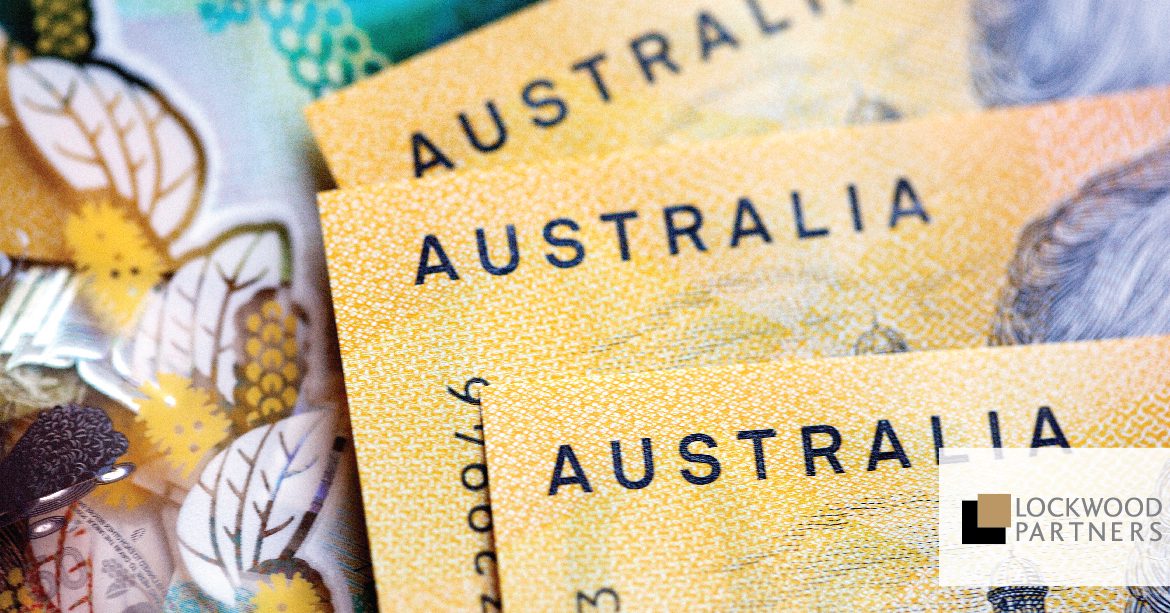The 2022 Federal Budget and What it Means to You
Following Treasurer Frydenberg’s budget announcement on May 11, the focus of the federal budget for the 2021-2022 financial is largely centred around rebuilding and restabilising Australia’s economy.
The budget announcement heralds incoming changes for small businesses and individuals with accompanying economic stimulus and changes to income tax offsets and superannuation, which will provide Australians with a greater degree of security and fiscal confidence.
Individual Tax Changes
Low and Middle-Income Personal Income Tax Offset
The Government will continue the low and middle-income tax offset (LMITO) for the 2021-22 income year meaning that individuals may be able to retain an amount of up to $1,080, depending on their income. This tax relief should provide Australians with a greater amount of money, increasing the net amount spent within the Australian economy, which in turn will stimulate businesses nationally.
Changes to Tax Residency Rules
The government will remove individual tax residency rules in exchange for an updated and modernised tax residency framework. To determine whether an individual is considered a resident for tax purposes, an initial “bright line” test will be administered, where if an individual spends 183 days or more within Australia, they will be considered a tax resident. Should individuals fail to meet the requirements of the first test, secondary tests following measurable objective criteria and physical presence within Australia will be carried out.
Superannuation – Flexible Super
Repealing the work test for voluntary super contributions
From July 1, 2022, individuals between the ages of 67 and 74 will be able to make or receive personal contributions and salary sacrificed contributions without meeting the work test, subject to existing contribution caps. Individuals will still be required to meet the work test to claim a deduction for personal contributions.
Reducing the eligibility age for downsizer contributions
From July 1, 2022, the eligibility age for downsizer contributions would be reduced from 65 to 60 years old. This means individuals will be able to contribute up to $300,000 ($600,000 per couple) into their superannuation account from the proceeds of selling their home.
Changes in Residency Requirements for SMSFs
The government also stated it would relax residency requirements for self-managed super funds as well as small APRA-regulated funds. This would allow members to continue to contribute to their superannuation when temporarily overseas by:
- Extending the safe harbour provisions of the central control and management test from two to five years for SMSFs, and
- Removing the active member test for both SMSFs and small APRA-regulated funds.
Businesses
Temporary full expensing extension
The temporary full expensing incentive will continue in its current form for an additional 12 months, ceasing on June 30, 2023. This means that businesses with an aggregated turnover of less than $5 billion can continue to immediately deduct the business portion of the cost of eligible new depreciating assets.
Temporary loss carry-back extension
The temporary loss carry back scheme, which allowed businesses to immediately balance losses alongside profits and mitigate the level of tax they would be paying has been extended for 12 months, meaning it will end on June 30, 2023 instead of in 2022.
SME Recovery Loan Scheme
The government will offer loan assistance for small to medium businesses with turnover up to $250 million, to continue assisting firms that are flood affected and were recipients of JobKeeper from January 4 to January 28. The government will provide participating lenders with a guarantee of 80% of secured or unsecured loans of up to $5 million for a term of up to 10 years and interests rates capped at 7.5%.
For eligibility in response to flood damage, businesses must be located and operating in a local government area that has been declared a disaster region as a result of the March 2021 New South Wales floods and were economically impacted.
Training and Apprenticeship Funding Increases
JobTrainer program
The government has committed $500 million in funding for skills-based programmes, which will be extended until December 2022. It is expected to support an additional 163,000 place on top of the 100,000 places currently taken, providing low-cost courses in aged care, IT and childcare for 17 to 24-year-olds and the unemployed.
Boosting Apprenticeships Commencements
A dedication of $2.7 billion will provide support to an additional 100,000 apprentices and trainees in addition to those currently receiving support.
Digital Support & Investment
To foster productivity and transform the Australian economy, the budget has awarded a whopping $1.2 billion to secure the nation’s digital innovation and infrastructure.
SME digitisation support
$12.7 million in funding will be provided to the Australian Small Business Advisory Service’s digital solutions program. This will assist Australian small business owners with the advice and programs necessary to digitally transform their business with respect to their industry.
Cyber Security, Safety and Trust
To accommodate this transition, $55.1 million will be invested to train cybersecurity experts as well as maintaining and improving the nation’s cybersecurity infrastructure.
Artificial Intelligence Network
Expansive investment totalling to $53.8 million over four years from 2021-2022 will be used to create a national AI centre and four AI and digital capability centres to drive support for small to medium business.
For more details, visit the ATO’s website or speak to the team at Lockwood Partners.
Image source: Shutterstock (1321377059)

